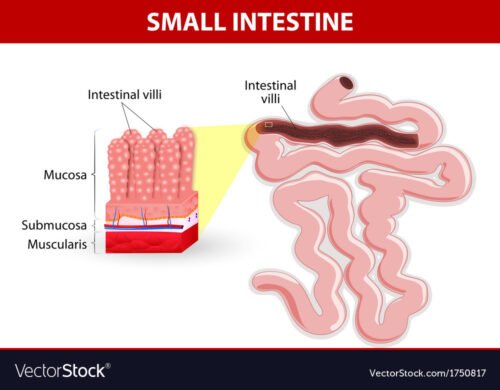Ocular Drug Delivery Systems: Introduction
Ophthalmic treatments for eye diseases rely mostly on eye drop medication administered to the patients in an outpatient setting. Eye drop administration appears to be easy. However, patients with compromised eyesight may face difficulties. Additionally, drug action duration is shorter, requiring frequent administration (one to eight times a day). This results in the patients’ non-compliance, […]










